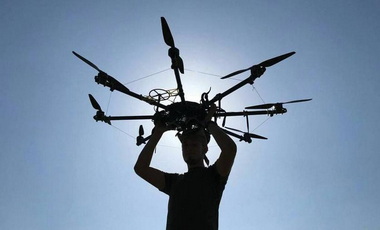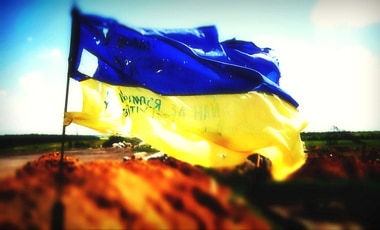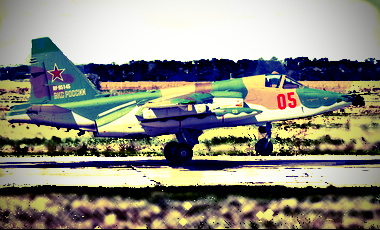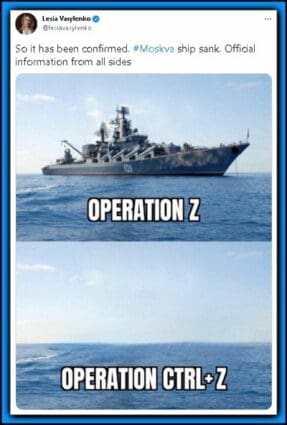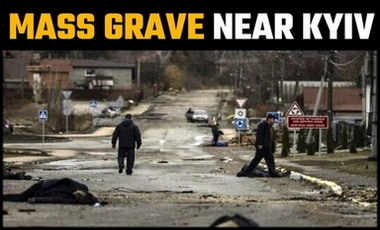This is pretty amazing. Drones have already changed early 21st century warfare (as this war between Russia and Ukraine has shown). But these are free munitions left behind by Russia that are now being modified from a defensive weapon to a powerful offensive weapons. Russia has littered many a field with these over the years… will countries leave mines on the battlefield en masse now? Knowing drones can deliver them ON-TO their targets — from the air?
FUNKER530’s WILL KILLMORE has this (click mine to the right to enlarge):
Ukrainian drone operators demonstrate resourcefulness in a video showing a drone dropping T-62 anti tank mines that are tandem linked to grenades, giving them the ability to deliver much higher payloads onto enemy targets than standard drone-dropped grenades.
As Russian lines have fallen back, they have left behind massive caches of munitions, including piles of powerful anti tank mines. Considering a buried mine is of little use to Ukraine’s counteroffensive, they have ingeniously developed a way to make those munitions an offensive weapon.
The construction of the weapon is especially interesting. It appears a one-gallon jug is being used as a fin stabilizer at the base of the grenade to ensure the munition drops in the correct fashion for dependable detonation upon impact.
RYAN ROBERTSON discusses the Russian doctrine and tactics that I assume must change now:
….This war is full of great examples of battlefield engineering, but this new strategy certainly tips the scales in terms of ironic ingenuity.
Russian defensive doctrine calls for minefields with a depth of 120 meters. In Ukraine, the Russians adjusted their doctrine and quadrupled minefield depths up to 500 meters.
In August, Oleksiy Danilov, the former secretary of Ukraine’s National Security and Defense Council, told reporters at CNN the density of Russia’s minefields was “insane.”
“On average, there are 3-4-5 mines per square meter,” Danilov said. “Imagine how difficult the work is to remove them to allow our military to move afterwards. And if earlier there were hopes that this could be done with the help of equipment provided by our partners, today our units are doing a very difficult job on foot in many parts of the frontline at night.”
Russian artillery and defensive trenches are certainly formidable, but the complexity of Russia’s minefields was far and away the biggest challenge to Ukraine’s three-month-old counteroffensive. Now, they might be a primary source of new munitions for Ukraine.
Drone delivery system for a TM-62 mine with a grenade fuse. That is 7kg of explosives…https://t.co/94NR8t0fMl pic.twitter.com/UstUic0tDw
— Def Mon (@DefMon3) September 3, 2023
A video circulating on social media shows how the Ukrainians modified commercial drones to carry their new payload. The explosive is equipped with a grenade fuse and then put on a platform on the drone’s underside. When the drone is over its target, the pilot releases the platform and drops the mine. Designed to stop tanks, the air-dropped mines make quick work of softer targets.
Ukraine’s ability to use commercial drones on the battlefield is a large part of why it’s still in the fight……
That pic above/right near the top is from this Tweet… if you go to that Tweet, you can see more video of the drops:
TM mines dropped from the drones get a lot of engagement today.
My good friends pioneered this method. I’ve posted about it several times, but I need more engagement.
So, let me try once again.
Here is what the mine looks like: pic.twitter.com/uuGnAV2Icc
— ✙🍒 Constantine 🍒✙ (@Teoyaomiquu) September 6, 2023
